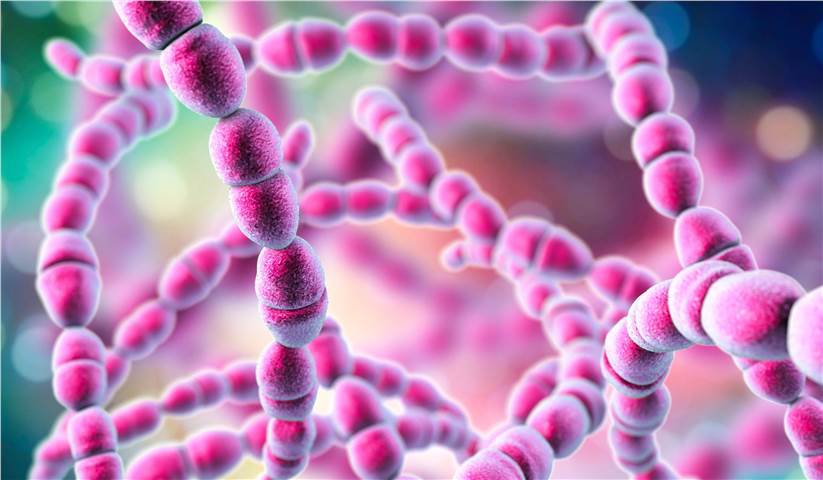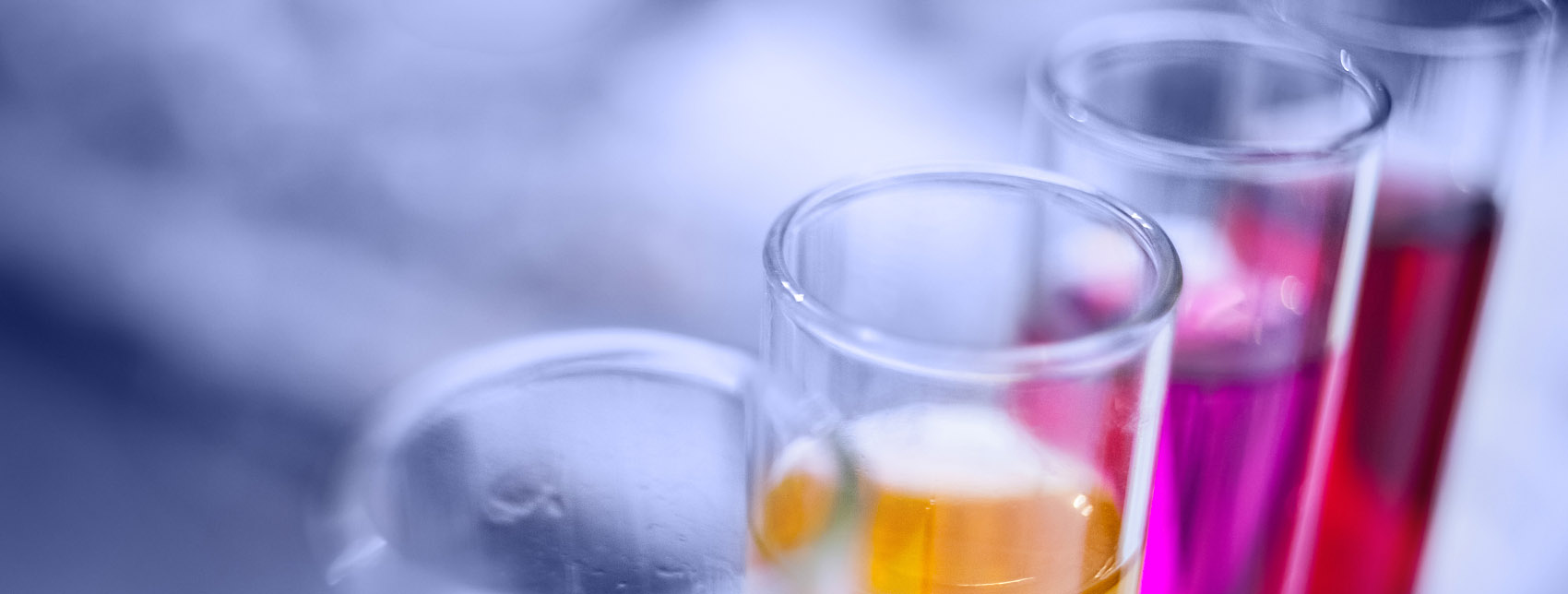The bacterial revertant mutation test, also known as the Ames test, is a rapid and reliable bacterial assay used to assess the potential genotoxicity of a sample by measuring its ability to induce revertant mutations at selected loci in several bacterial strains.
Our company offers a professional Ames test to help customers test their samples for mutagenicity and predict their genetic hazards and potential carcinogenic effects. This is a fast, accurate, and cost-effective service for assessing the potential mutagenicity of samples and is widely used in industries such as pharmaceuticals and cosmetics.
Test Range
Veterinary drugs, pesticides, chemicals, fungicides, organic toxicants, solid waste, domestic waste leachate, hazardous waste, sewage, sludge, water quality, surfactants, etc.

About Bacterial Revertant Mutation Test Service
Test Principle
Our Ames test uses Salmonella typhimurium and Escherichia coli to detect point mutations involving the substitution, insertion or deletion of one or several base pairs of DNA. The ability of the sample to induce mutations is evaluated by observing the growth of the test strain on a medium lacking the required amino acids and testing whether the test strain regains the ability to synthesize essential amino acids.
Ames Test Procedure
- Typically, we use four Salmonella typhimurium mutant strains and one Escherichia coli strain for each assay.
- In the presence and absence of metabolic activation (S9), we incubate each test strain with several dose levels of the test compound for 2-3 days.
- Positive results are characterized by a dose-dependent increase in response frequency beyond strain-specific limits.
Test Strains
We recommend the use of Salmonella typhimurium mutant strains TA97, TA98, TA100, and TA102 as the 4 standard test strains for testing the mutagenicity of samples.
- TA97 and TA98 can detect a variety of shift mutagens.
- TA100 can detect base substitution mutagens.
- TA102 detects certain mutagens such as formaldehyde, various hydrogen peroxide compounds, and cross-linking agents such as mitomycin C.
Others available include TA1535, TA1537, TA97a, E. coli WP2uvrA or E. coli WP2uvrA (PKM101).
The following strain combinations are available from Our company:
(1) TA97, TA98, TA100, TA102 and TA1585.
(2) TA97a, TA98, TA100, TA102, and TA1585.
(3) TA97a, TA98, TA100, WP2uvrA and TA1585.
(4) TA97a, TA98, TA100, WP2uvrA (PKM101) and TA1585.
(5) TA1537, TA98, TA100, TA102 and TA1585.
(6) TA1537, TA98, TA100, WP2uvrA and TA1585.
(7) TA1537, TA98, TA100, WP2uvrA (PKM101) and TA1585.

Sample Preparation
Sterile double-distilled water is preferred as the solvent for samples. Dimethyl sulfoxide is preferred for samples that are insoluble in water or have low water solubility.
Control Groups Set-up
We set up simultaneous strain-specific positive controls and negative (solvent) controls with or without S9 in each test.
Test Methods
Plate admixture method, pre-culture plate admixture method, and spot test method.
Bacterial Revertant Mutation Test Report
- The final test report Our company provides includes the following.
- Information such as trial name, start and end dates.
- Test summary.
- Information on the name of the sample, active ingredient, physical and chemical properties, preparation method, etc.
- Name of the test strain selected for spelling, and strain characteristics.
- The principle or basis for selecting the dose, dose and group.
- Test method: Main instruments and equipment, the bacterial pathway of infection, infection scheme, metabolic activation system and inducing agent used, test method, operation steps, control group, etc.
- Test results: The toxicity of the sample to the tested strains, whether there is precipitation on the flat dish, the mean and standard deviation of the number of colonies in each dose group, the results of negative and positive control groups, etc.
- Conclusion of the test: Give the conclusion whether the sample has a mutagenic effect under the test conditions.
- Description of the original record keeping.
For more information, please feel free to contact us.
Related Solutions
It should be noted that our service is only used for research, not for clinical use.


